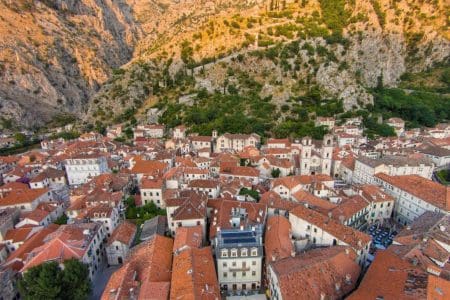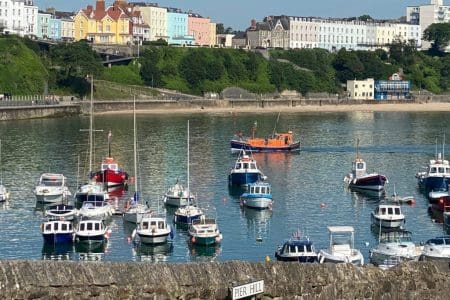Cambodia tourism industry has evolved in leaps and bounds in the last few decades. As it becomes an increasingly important economic pillar for the Kingdom, Marissa Carruthers looks at the growth of Cambodia travel and what the future has in store.
Being able to wonder around iconic Angkor Wat without battling the crowds that flock there seems unimaginable today, but it wasn’t that long ago that the ancient religious site was reserved for adventurous tourists wanting to lace their travels with a dose of danger – a very different story from the one that stands today.
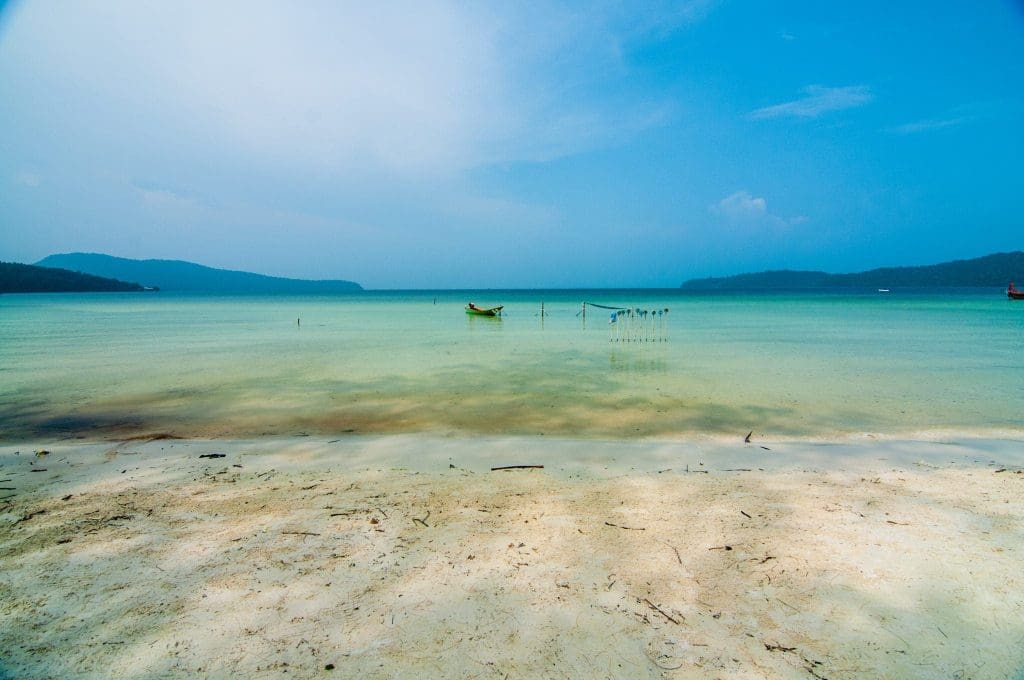
As well as sitting at the centre of Khmer culture, Angkor Wat stands at the centre of the country’s exploding tourism sector, symbolising the rapid growth. According to figures from the Ministry of Tourism (MoT), in the mid-1990s – as the country was starting to open up after decades of civil war – about 7,500 international visitors explored the site annually. Last year, this figure almost hit 2.2 million.
“The change has been quite dramatic,” says Andrew Carroll, founder of Exotic Voyages. “On my first visit to Siem Reap, all the streets were dusty paths from the airport to the town and the hotel options were limited, especially further away from the temples. Now, you have a vibrant and popular town, with exceptional restaurants and bars, streets with local designer boutiques, and hotels that are among the finest in Asia.”
While Angkor remains the top draw for Cambodia travel enthusiasts, as the country’s infrastructure has developed, along with the range of activities and accommodation available, more remote areas of the country have opened, paving the way for emerging markets, such as ecotourism, luxury travel and adventure trips.
Tourist Trickle
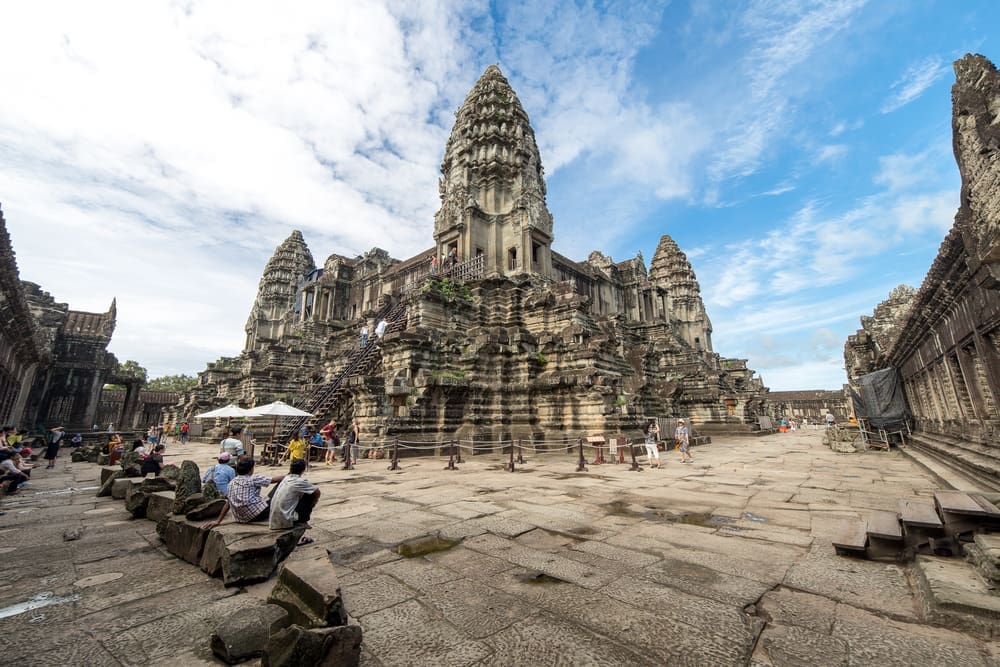
When Nick Ray first visited Cambodia as a backpacker in 1995, the country was very different from what stands today. The Khmer Rouge were yet to fully surrender, with pockets of fighters defending the last remaining strongholds, there was no land travel between Phnom Penh and Siem Reap – domestic flights and the boat were the only way to travel – and the numerous check-points set up across Cambodia made accessing many areas impossible.
“These were pretty edgy times,” says Ray, who started covering Cambodia travel for Lonely Planet in 1998, eventually moving full-time to the Kingdom in 2001, also working with Hanuman Travels. “Backpackers and adventurous travellers were really the only people who came here back then.”
The 1993 UN-backed elections paved the way for peace and by the mid-1990s a few tourists started visiting – mainly to Angor Wat.
For more ideas about travel to Cambodia, read Things to Do in Siem Reap Avoiding Angkor, or Irrawaddy Dolphin, Ecotourism in Kratie.
Willem Niemeijer founded Khiri Travel in 1993 with the aim of selling Thailand and Indochina as four countries, one destination. The company quickly secured a flurry of travellers interested in Cambodia.
“Throughout the 1990s we saw the market split between adventure travellers, usually coming in groups taking advantage of the newly opened destination to get really off the beaten track, often for two or three weeks, and those only interested in a few days, usually to Angkor, avoiding the hardships of the bad roads and standard accommodation,” the Khiri Travel chair and CEO of YAANA Ventures says.
Carrol Sahaidak-Beaver, executive director of The Cambodia Hotel Association, said tourism didn’t really start to take off until the early 2000s. “In 1998, you couldn’t even travel through the country. It only attracted the most daring travellers around.”
The millennial-driven desire for ‘authentic experiences and rise of responsible tourism has also led to Cambodia becoming a frontrunner
The end of the 1990s brought with it a shift in security, with other major moves encouraging the trickle of tourists including the entrance of international brands – in 1997, Raffles entered Cambodia, followed by Sofitel in Siem Reap three years later. And in 1999, Prime Minister Hun Sen declared an open skies policy to attract more direct international flights to Siem Reap and Phnom Penh.
However, these were small steps in the country’s modern tourism tale. “It took time to change public perception,” says Ray, adding the international shift was given a huge boost when a celebration was held at Angkor Wat on New Year’s Eve to mark the turn of the new Millennium. “It was a huge event, with 2,000 lanterns let into the sky,” he recalls. “People could see the country was more stable.”
Tapping into Local Life
With the foundations laid in the tourist hubs of Phnom Penh and Siem Reap, accommodation, eateries and bars started mushrooming. The huge investment ploughed into infrastructure – a development that continues today – made an increasing number of areas accessible, slowly driving tourists into more outlying areas. This led to the development of various genres of tourism, with ecotourism holding huge untapped potential.
The millennial-driven desire for authentic experiences and rise of responsible tourism has also led to Cambodia becoming a frontrunner, with stacks of potential in the ecotourism and community-based tourism sphere. Many organisations started using tourism as a tool to showcase the country’s natural beauty while helping elevate some of the Kingdom’s poorest communities from poverty.
Khiri Travel is one company that champions this approach to tourism, seeking out those off-the-beaten track experiences that many modern travellers desire, connecting with communities along the way.
“We have always approached our business from the point of view that our efforts have to benefit not just the company’s bottom line and its clients, but also the communities it touches, and contribute to the preservation of natural resources,” says Niemeijer.
Community-based tourism and ecotourism have proved to be great ways of showing visitors the real Cambodia
CRD Tours has also embraced ecotourism, launching in November 2011 to offer trips throughout Kratie and Stung Treng provinces, immersing visitors in local life while making a positive contribution to communities, as well as seing the endangered Irrawaddy Dolphin along the way.
“Community-based tourism and ecotourism have proved to be great ways of showing visitors the real Cambodia – a demand we have seen increasing over recent years – while helping conserve the country’s beauty and help generate income for some of the most isolated and impoverished communities,” says Khoun Tola, business programme manager.
Luxurious Life
The country’s low cost of living coupled with a swathe of budget accommodation, cheap eats and beer have made Cambodia travel attractive to the backpacker crowd hitting the Southeast Asia circuit.
However, recent years have seen it shake off its image as a budget destination, thanks to the introduction of a series of high-end experiences and accommodation – harking back to its heyday.
“[Cambodia] did not used to be known as a budget destination,” says Andy Booth, founder and CEO of ABOUTAsia Travel. “When Charlie Chaplin visited Angkor Wat in the late 1930s, travel was expensive and the preserve of the well to do. Kep City was also the premier seaside resort in all of French Indochina, with fancy villas occupying large plots of land along wide boulevards.”
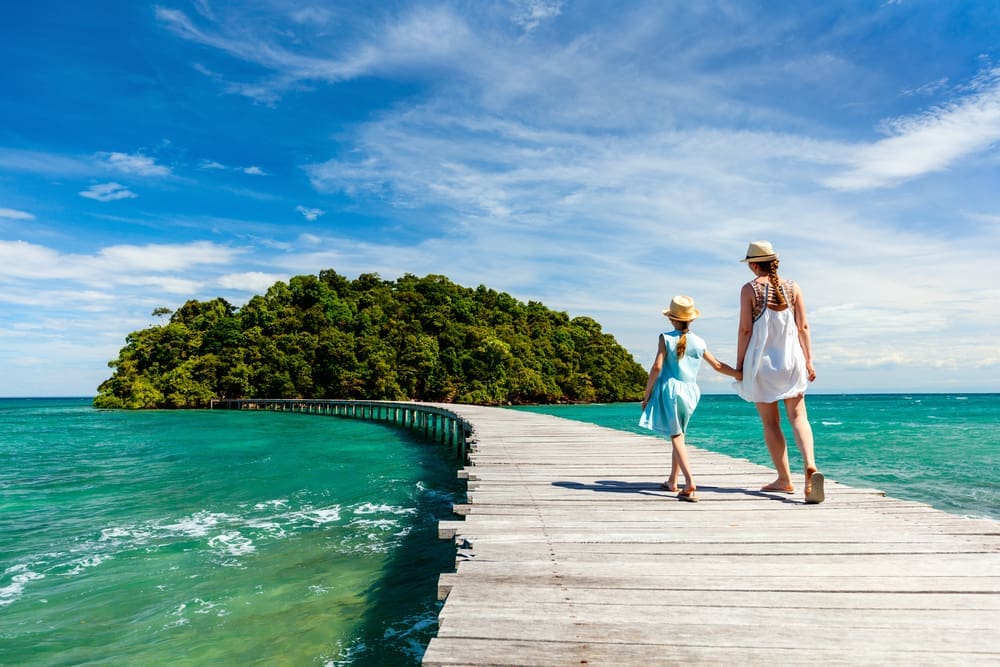
While a swathe of luxury hotels set up shop in Siem Reap and Phnom Penh throughout the 2000s, it was the launch of luxury island Song Saa in 2012 that saw a major shift in the Cambodia travel market. “Song Saa massively changed things,” says Ray, adding it planted Cambodia on the map for big spenders.
And the country’s luxury segment is on the brink of booming, with a number of international brands gearing up to enter the market within the next few years. Six Senses Krabey Island is set to open later this year off Sihanoukville, offering 40 sensitively built pool villas dotted across the 30-acre private island.
“These luxury brands are entering the market as they see the potential. This all stems back to Siem Reap and the rise of luxury hotels there,” says Carroll, adding that this has led to a demand for similar luxury accommodation across Cambodia so that travellers can “encompass their entire trip in this incredible location.”
Shinta Mani Wild is another example of Cambodia’s growth in this area. As the brainchild of renowned-architect Bill Bensley, the project is slated to open in mid-2018, offering the country’s first luxury camping experience.
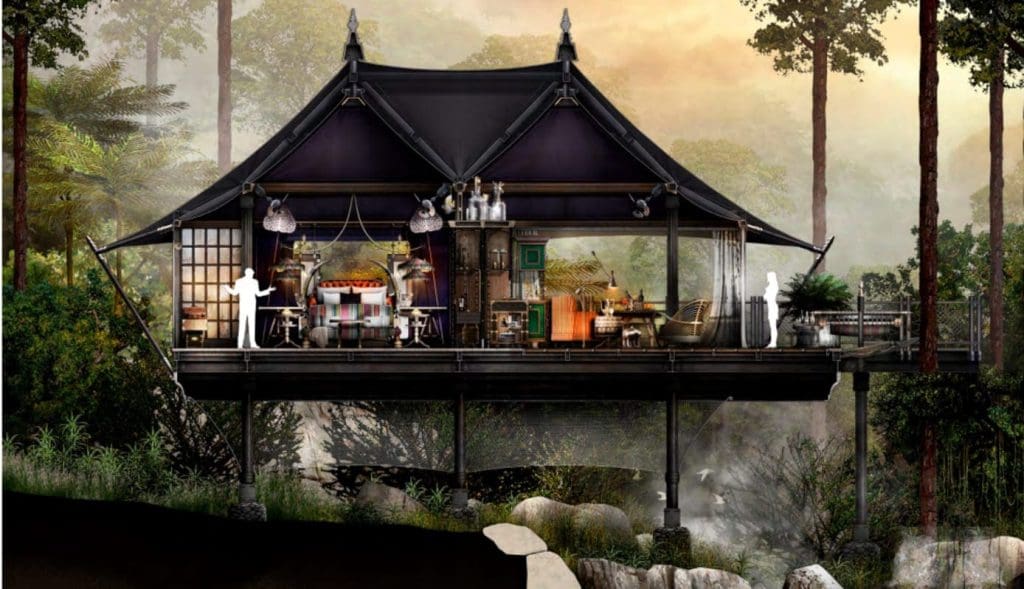
Having identified a wildlife corridor connecting Bokor National Park with Kirirom National Park, Bensley set out to protect the 400-acre valley from poaching, mining and logging. Located along 1.5 kilometres of river and waterfalls, the custom-designed tents and exclusive expeditions offer the potential to further elevate Cambodia as a luxurious destination.
Sahaidak-Beaver says, “What we have seen in recent years is the luxury market starting to expand outside of the main tourist areas and into wonderful areas of the country, and this is only starting. There is huge potential here.”
The Road Ahead
While the government has pinned high hopes on the tourism industry, industry experts say it is vital the sector’s future is sensitively mapped out.
Lessons can be learned from the anti-tourism protests that dominated parts of Europe this summer. In July, more than 2,000 locals marched through Venice demonstrating against the 20 million annual tourists that swamp the city, which is home to just 55,000 residents. This has fuelled anger against rising rents, pollution and the devastating impact of huge cruise ships. Similar demonstrations swept across Spain, which received a record 75.6 million tourists in 2016.
The fast pace with which the Cambodian tourism industry has evolved is also cause for concern, with much of the country’s natural resources and unique wildlife being pillaged to pave the way for development.
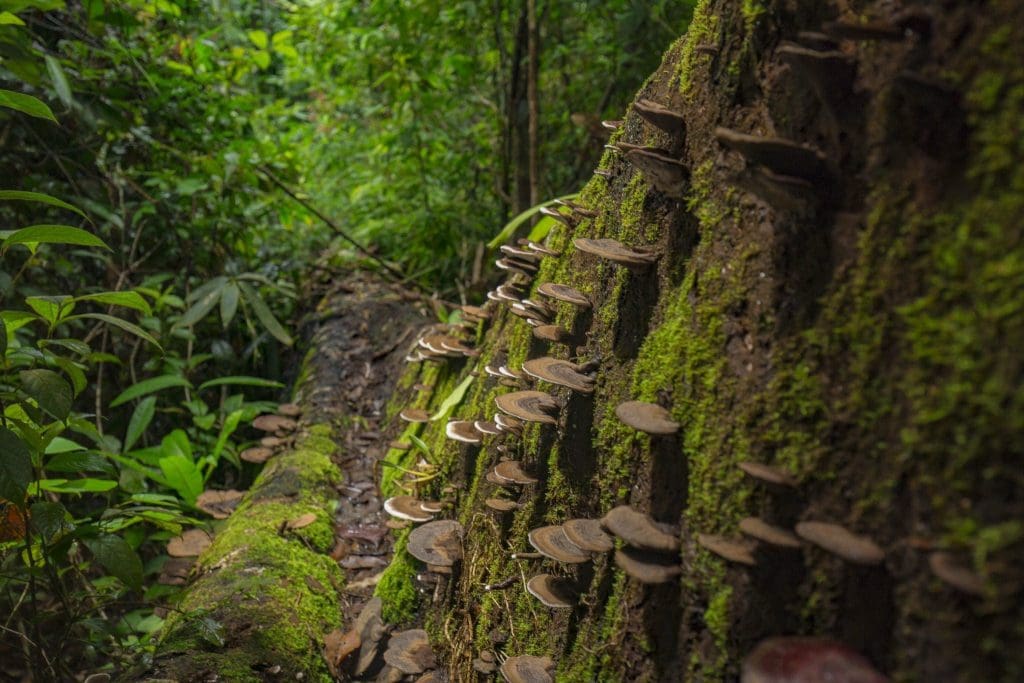
“One negative aspect of the fast development of Cambodia is the pressure it creates on its forests and, as a result, its wildlife,” says Niemeijer, who will this month launch Cardamom Tented Camp, an initiative between Minor Group, YAANA Ventures and Wildlife Alliance that combines tourism with the protection of 18,000 hectares of forest in the Cardamom Mountains – a concept that is well-established in Africa, but relatively new in Asia.
“The challenge is ensuring that development comes with responsible actions and respect for the surroundings,” says John Black, general manager of Knai Bang Chatt in Kep. He adds the town’s tourism industry has worked hard to ensure it doesn’t transform into another budget beach destination like Sihanoukville, just along the coast. “The community of Kep is committed to preserving its beauty and with positive messages we believe it’s beauty is sustainable.”
With the industry yet to meet its full potential, and plans in place to tighten up regulation of the sector, it remains to be seen whether tourism makes or breaks Cambodia.
“It is important to think about how to manage the explosion in tourists that is coming,” says Ray. “The government predicts an additional one million in the next two years so it is important that issues, such as environmental protection, are taken seriously.”
